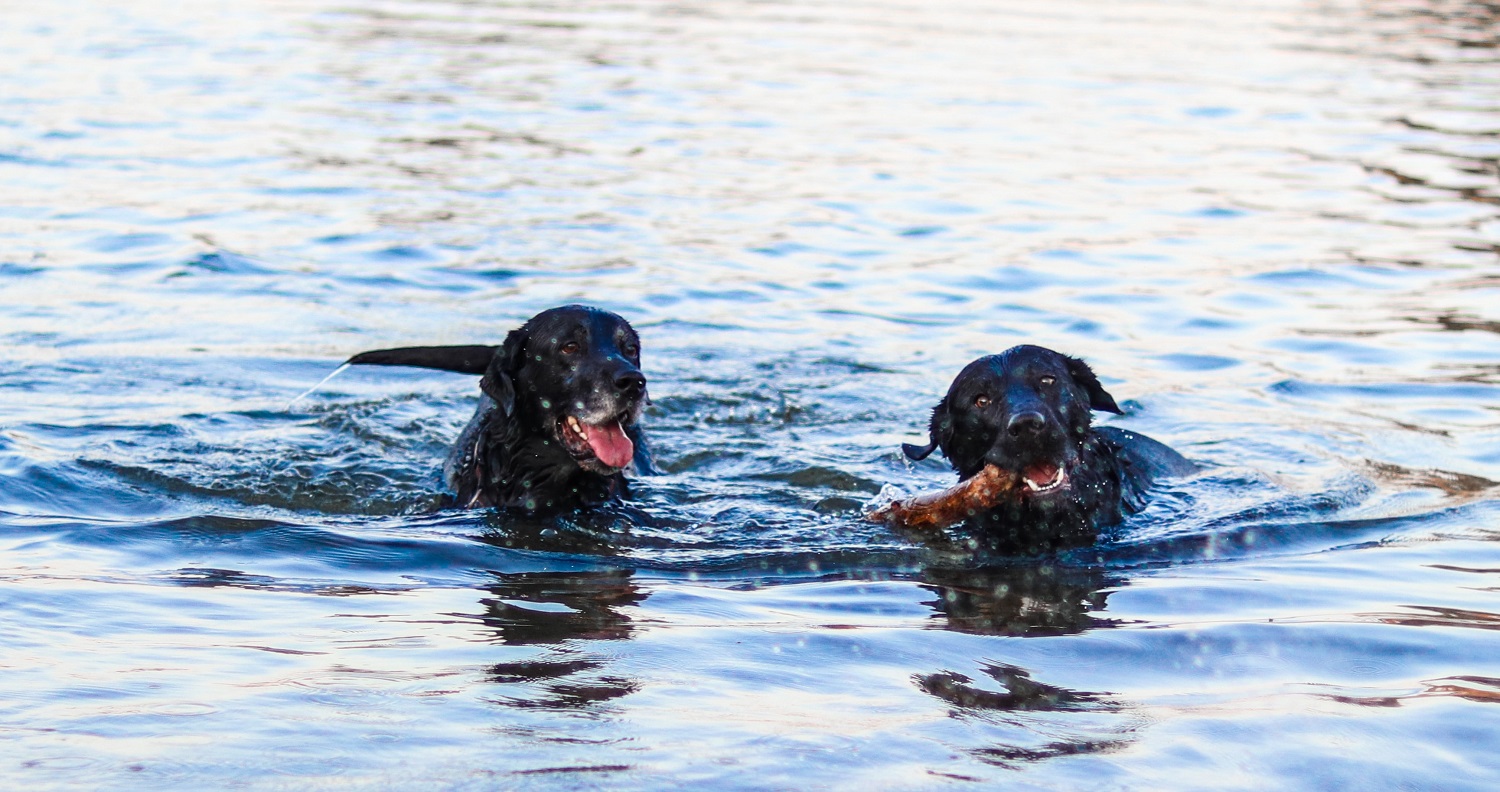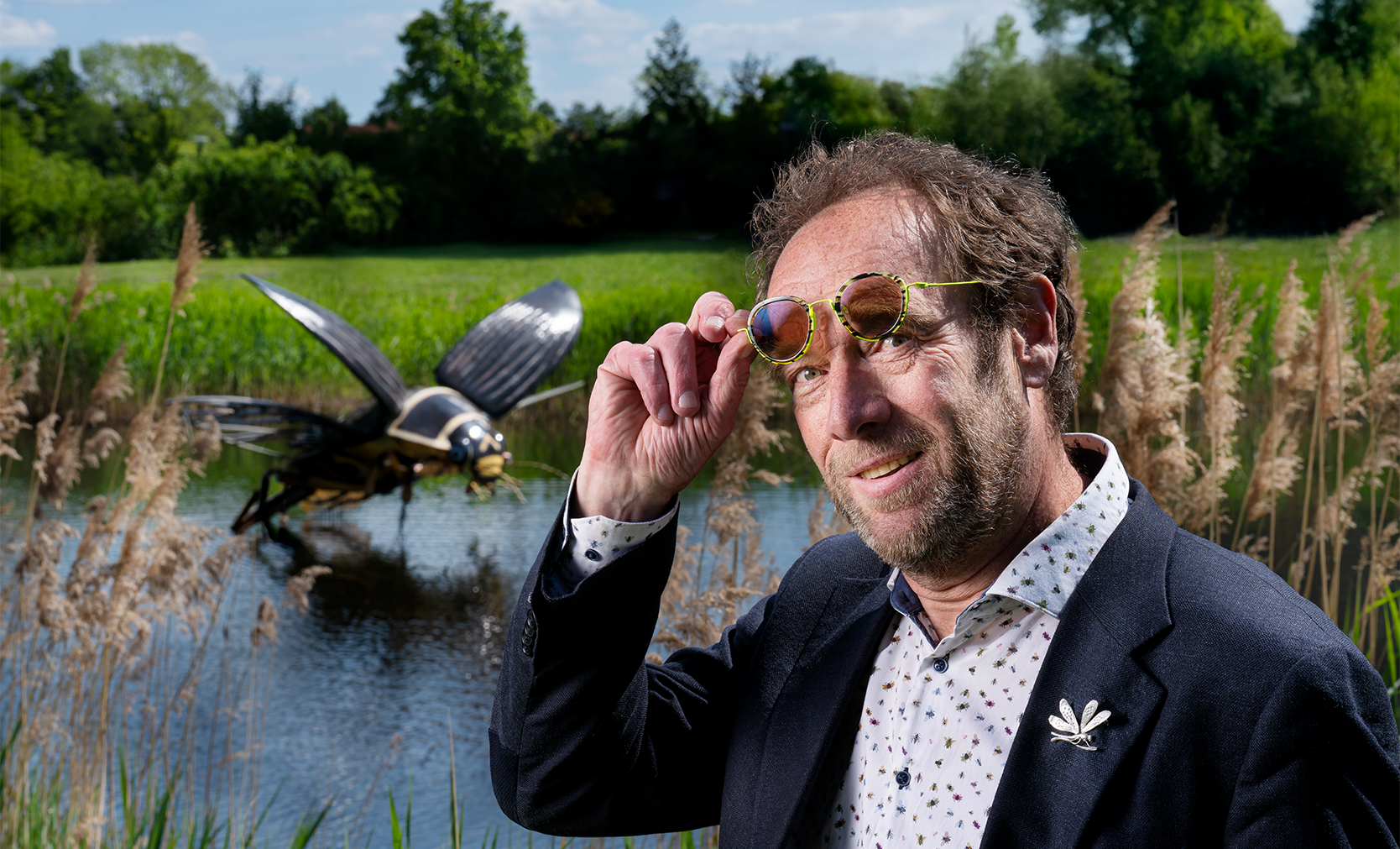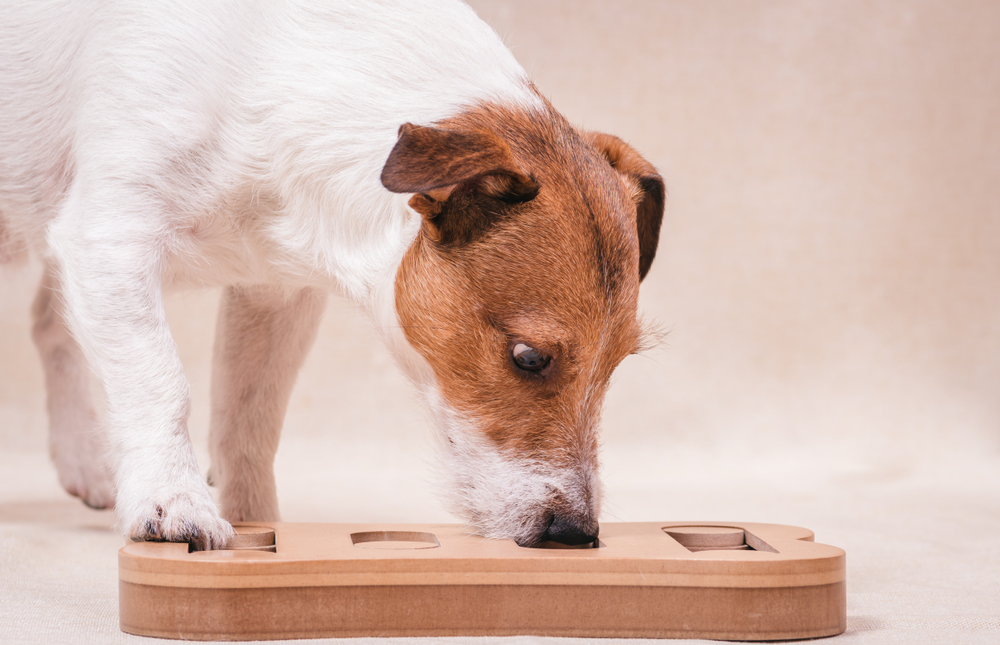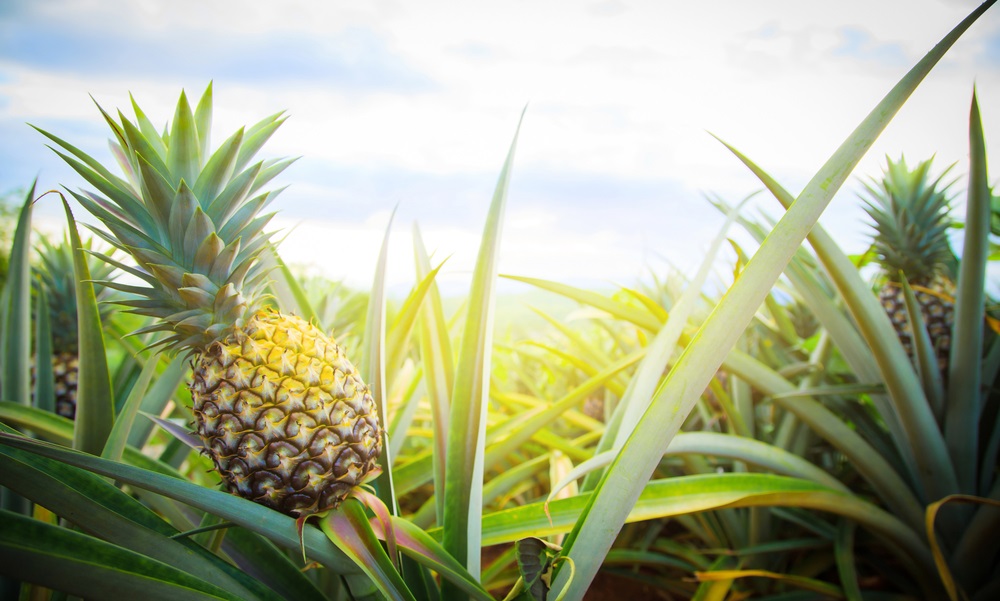Far-reaching restrictions have been placed on the use of the crop protection agent imidacloprid in agriculture. However, this ‘bee poison’ still gets into the environment via products such as flea collars for dogs and cats. This has been shown in a study headed by WUR eco-toxicologist Ivo Roessink.
Roessink and his colleagues found nine dog-owners prepared to collect hairs and urine from their pets for chemical analysis. The researchers tested the samples for the presence of four substances, including imidacloprid and fipronil. The substances used to treat the dogs were found in the hairs or urine. But so were substances that the dogs were not treated with.
‘That was an eye-opener,’ says Roessink. ‘In some dogs we saw substances the owners had not used. For example, we found imidacloprid in the hairs of all the dogs whereas only one dog had been treated with it.’ Mistakes in the analysis can be ruled out. ‘So the conclusion is that the dogs must have picked up the substances in some other way.’
Swimming
It is not clear how the dogs picked up the substances. ‘This is an additional finding; it was not part of the original research question. But the most likely explanation is that the substances are passed from dog to dog when greeting one another and in play. In other words, direct physical contact. They might have picked the substances up in kennels, but we couldn’t check that.’
Roessink also let three of the dogs swim in water one after another to test whether the substances end up in the water. Those findings were possibly even more concerning. After only three dogs, the concentrations of some substances in the water already exceeded the quality norms for surface water.
We need to apply the same rules for veterinary medicine as for agriculture
‘This is just a bath tub though,’ says Roessink. ‘In practice the volumes of water are much greater and the concentration is diluted. But this does show substances come off the dogs and end up in the water. In small, self-contained volumes of water used by a lot of dogs, it could get quite worrying quite quickly.’
Grooming salon
However, Roessink does not see dogs swimming as the biggest problem. That is washing the dog, whether at home or in a dog grooming salon. ‘The bathwater goes via the sewer system to the water treatment plant. All those substances accumulate there. The effluent — the water that leaves the treatment plants — is known to have concentration values above the norm. That polluted water is unlikely to come from agriculture.’
Roessink advocates stricter rules. ‘We have been doing so much to phase out the use of substances such as imidacloprid, and now it is ending up in the environment anyway through the back door. Strict safety procedures apply for use in agriculture but not for the use of the same compounds in veterinary medicine. We need to apply consistent rules.’ RK

 Foto Jeremy Perkins
Foto Jeremy Perkins 

